It is not difficult to grow any kind of aloe on the windowsill, as the plant is unpretentious in care. Aloe vera is a homemade flower that is famous for its high content of organic substances in the pulp, due to which it can bring not only benefits but also harm to human health. Aloe is a perennial plant from the Asphodel family, its homeland is Africa and nearby islands.
The main advantage of the flower is that it tolerates adverse conditions: it can withstand not only drought and heat, but can survive for several months if it is torn out of the soil. Aloe is drought tolerant due to leaves containing large reserves of water and other organic substances.
Content
Description and chemical composition of aloe vera
The root system of aloe is unbranched and sparse, the stem is small, and most of the leaves. The leaves are fleshy and dense in consistency, have a light green color, often covered with white spots. There are spines on the edge of each sheet.
The plant reaches half a meter in height, and in its entire life once produces a peduncle up to a meter high. Tubular type flowers appear on the peduncle. They are yellow, red or orange in color and collected in inflorescence. The diameter of each flower does not exceed 5 cm. They begin to bloom gradually: from bottom to top. Blooming aloe at home is a fairly rare occurrence. The flower blooms profusely when grown outdoors.
Aloe has long been used to treat diseases, this is evidenced by the found references to the plant, which date back to the 4th century BC. Scientists claim that the plant contains more than 200 nutrients.
The main components of the flower are amino acids. It is they that influence the course of all metabolic reactions in the human body, as they are a substrate for the synthesis of body proteins. Essential amino acids that are not synthesized in the human body, but are very necessary for him, are also found in the flower.
The plant contains acemannan, which stimulates the immune system. This substance significantly increases the protective properties of the body. Aloe is considered a storehouse of beta-carotene. It contains resins and tannins that increase the functionality of the digestive system.
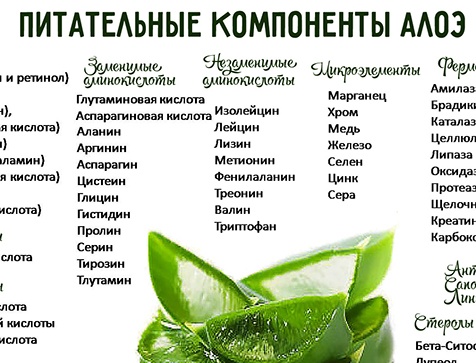
In addition, the flower contains vitamins of groups A, B, C, E, microelements and macronutrients, saccharides, esters and organic acids. The composition contains volatile, enzymes, polysaccharides and sterols. Experts focus on the fact that all of the above substances are not only in fresh, but also in dried aloe.
The benefits and healing properties of aloe vera
The plant is recommended for colds and with the accumulation of purulent exudate in the maxillary sinus. The pulp is very effective for the rapid healing of wounds, bruises, and bruises. In addition, with the help of aloe, you can pull out a splinter in a few days.
The flower accelerates blood microcirculation and improves overall blood circulation. The high content of acemannan will help increase immunity, and will also be an excellent prevention of tumor neoplasms. Barbaloin in the composition has antibiotic properties.

Under the influence of aloe in the deeper layers of the skin of the face, collagen formation is stimulated, which increases the elasticity of the skin and smoothes wrinkles. The plant quickly moisturizes the skin, relieves puffiness and refreshes the skin.Aloe stops hair loss and improves its condition and appearance. Antibacterial properties will help to cope with acne on the face. Also, a flower is used to treat eczema and lichen.
Aloe has long been used to improve appetite, eliminate dyspeptic disorders, they were treated with diarrhea and heartburn, as well as gastritis, gastric and intestinal ulcers due to the neutralization of the bacterial flora. Drinks containing pulp will help to cope with excess weight and speed up metabolism. Previously, this flower was called a plant of longevity.
In dentistry, aloe is used to reduce the inflammatory process in diseases of the gums and teeth. It is prescribed for colds, which are accompanied by cough and fever. Gynecologists prescribe drugs from the plant for vulvitis, dysplasia, cervical erosion and colpitis.
Possible harm and contraindications
Aloe can not only be beneficial, but also negatively affect the human body if used improperly. An example is the presence of aloin in the composition, which in high concentrations is a carcinogen and provokes intoxication of the body. Allergy is the main contraindication for the treatment of plants.
Specialists do not prescribe the plant to pregnant women and women who are breastfeeding, people with diseases of the digestive system in the acute phase, pathologies of the heart and blood vessels, with exacerbations of diseases of the urinary system and bleeding, including menstrual bleeding. It is forbidden to use aloe in the treatment of children under 3 years old, and up to 12 years it is carried out strictly under the supervision of a doctor.
A doctor prescribes a dose for patients with diabetes, as excessive consumption of a flower can provoke a sharp drop in blood sugar. The duration of treatment should not exceed several weeks, since biologically active substances of the composition can disrupt the water-salt balance of the body. Taking the drug in the afternoon can cause insomnia, as it tones the nervous system.
In cosmetology, the use of aloe and products based on it with a tendency to rosacea is prohibited. The plant is incompatible with certain drugs, so you need to take it only after consulting a doctor.
The use of aloe vera in traditional medicine
In order to extract the maximum benefit from the plant, you need to know the rules of preparation and indications for use.
Cooking medicine
For treatment, plants from 3 to 5 years old are used, since up to this time the maximum amount of nutrients is accumulated. Before cutting the leaves to prepare the medicine, the flower is not watered for a week.
Cut leaves are wrapped in cling film and left in the refrigerator for a week in order to stimulate the synthesis of biologically active substances. After a week, the upper skin is removed from each part of the sheet, and the inner mass is cleaned with a spoon on a plate. The resulting mass is placed in a sealed container and used as directed. The gel-like substance of the flower is not recommended to be stored in the refrigerator for more than 3 days, as it loses its healing properties.
Outdoor application
Locally apply scarlet in such cases:
- In order to accelerate the healing of wounds, ulcers or fistulas, ointment is used.For its preparation, the aloe pulp is mixed with honey in any proportions and poured with half a tablespoon of alcohol, mixing everything to a homogeneous mass. Store the ointment in the refrigerator, apply a thin layer to the damaged area of the skin.
- To prepare a hair mask, grind the flesh of the plant in a blender and add to the conditioner or hair mask. Use this mask several times a week to strengthen the hair follicle and to restore the structure of the hair.
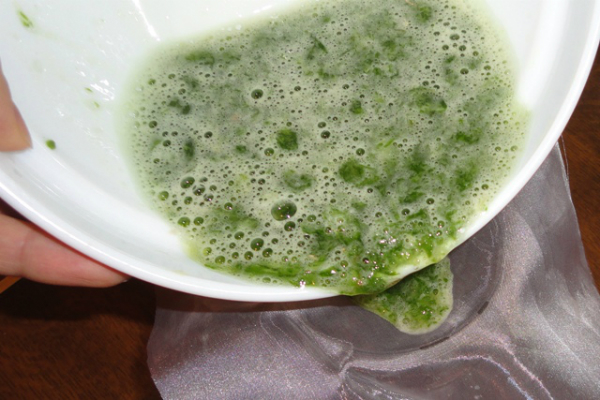
Cooking hair masks - To treat baldness and dandruff, the juice of the flower is rubbed into the roots of the hair daily. When the condition of the hair normalizes, it can be used several times a week. The course of treatment is several months and depends on the condition of the hair. For oily hair, the juice is diluted with a teaspoon of alcohol and rubbed the liquid every other day into the hair roots a few hours before washing.
- To moisturize the skin, honey, glycerin and oatmeal flour are added to the plant juice. The ingredients are mixed in a blender and the resulting mixture is allowed to infuse for half an hour. After that, the mask is applied to the face and held for 30 minutes. It is recommended to make such a mask every other day.
- To eliminate facial wrinkles, add a tablespoon of juice to 2 tablespoons of honey and apply to the face for 20-25 minutes. It is recommended to use the mask every other day.
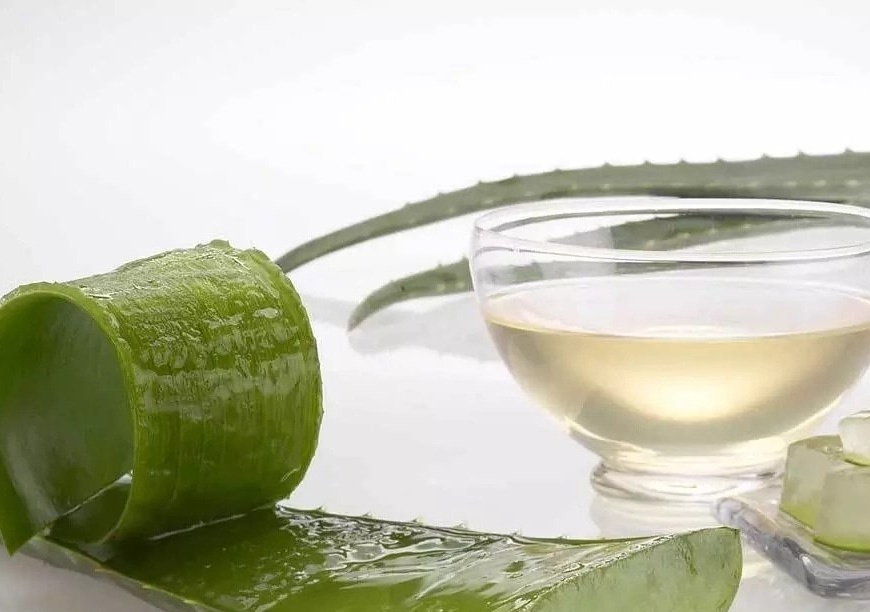
The use of aloe in cosmetology - To treat acne on the face, the flesh is finely chopped, protein and a little lemon juice are added. All mixed in a blender and applied to the face in several layers. Such a mask is kept for half an hour.
- To remove inflammation from the face, the flesh is finely chopped, poured with water and insisted for half an hour. A plant with water is boiled for several minutes and filtered. The resulting fluid is wiped on the face daily until all symptoms are relieved.
- To treat gynecological diseases, the tampon is saped with juice and inserted into the vagina for several hours.
Internal reception
The use of scarlet inside is indicated in such situations:
- To restore energy reserves of the body, improve appetite and treat dyspeptic disorders, 250 g of honey and 350 ml of red wine are added to 150 ml of juice. The components are mixed and taken on a teaspoon before each meal.
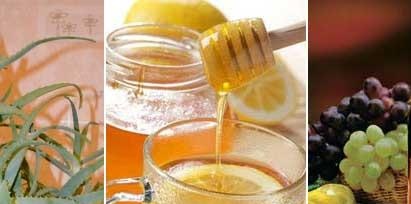
Recipe for recovery - To treat a runny nose, it is necessary to drip a few drops of plant juice into each nostril. For tuberculosis, a mixture prepared from 100 g of honey, cocoa powder, ground nuts, a small piece of lard and 15 ml of juice is taken daily together with warm milk 4-5 times.
- With a sore throat, the juice is used to rinse, and a piece of pulp put in the mouth will help eliminate pain in diseases of the teeth or gums. To eliminate constipation, 300 g of preheated honey is added to 150 g of fresh leaves. The mixture is insisted day and taken in the morning for a teaspoon before meals.
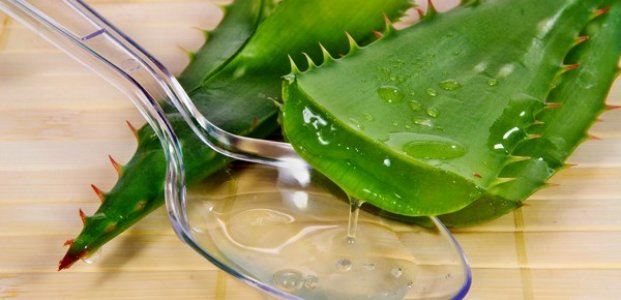
Aloe rinse juice - Taking juice in a teaspoon several times a day will help with ulcers of the digestive system, hepatitis, cystitis, dysentery, asthma and bronchitis, inflammation of the upper respiratory tract, gastritis. Juice can be diluted with honey. Treatment lasts 2 weeks with interruptions of several weeks.
Common questions
Aloe vera is a succulent plant known for its beneficial properties, which is used in medicine. Before treating aloe vera, it is necessary to consult a doctor, as it can not only cure, but also cause harm when used improperly.

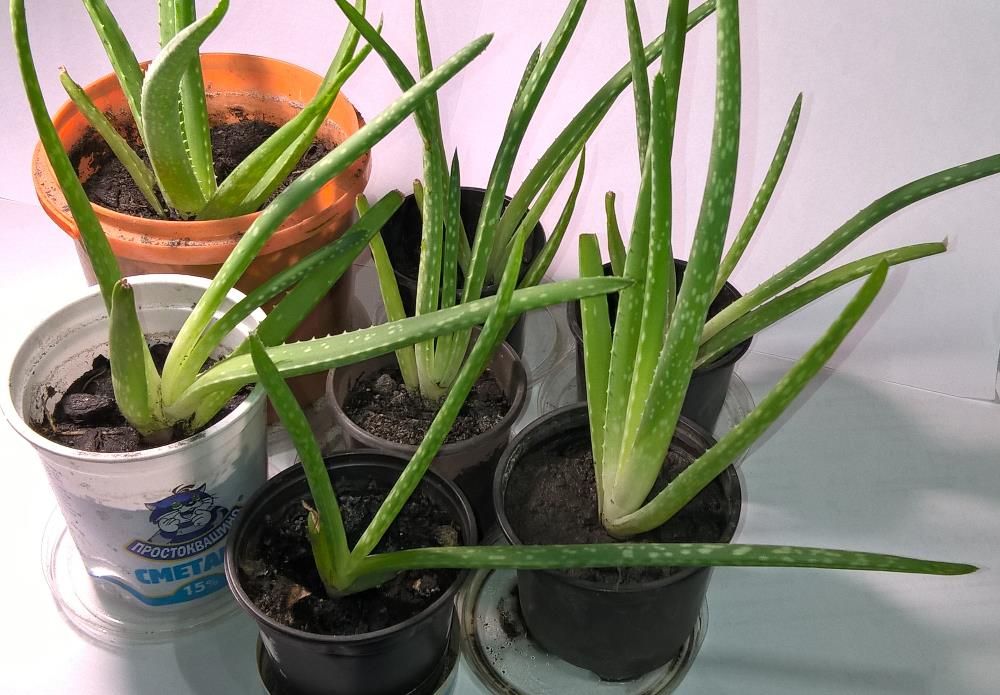
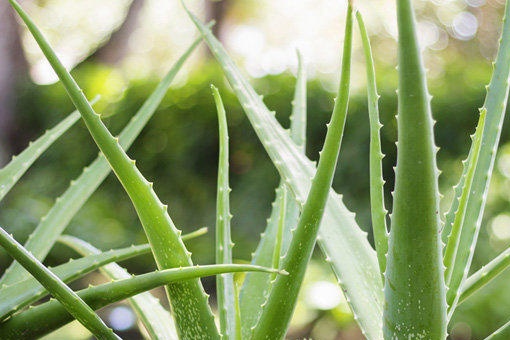
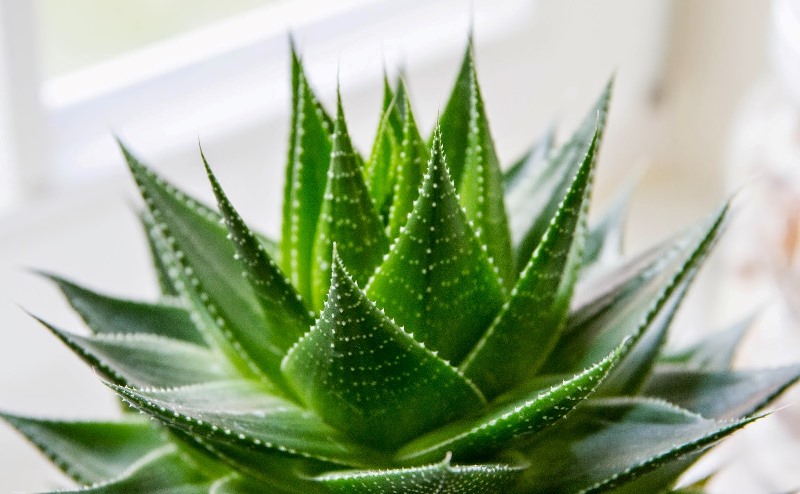
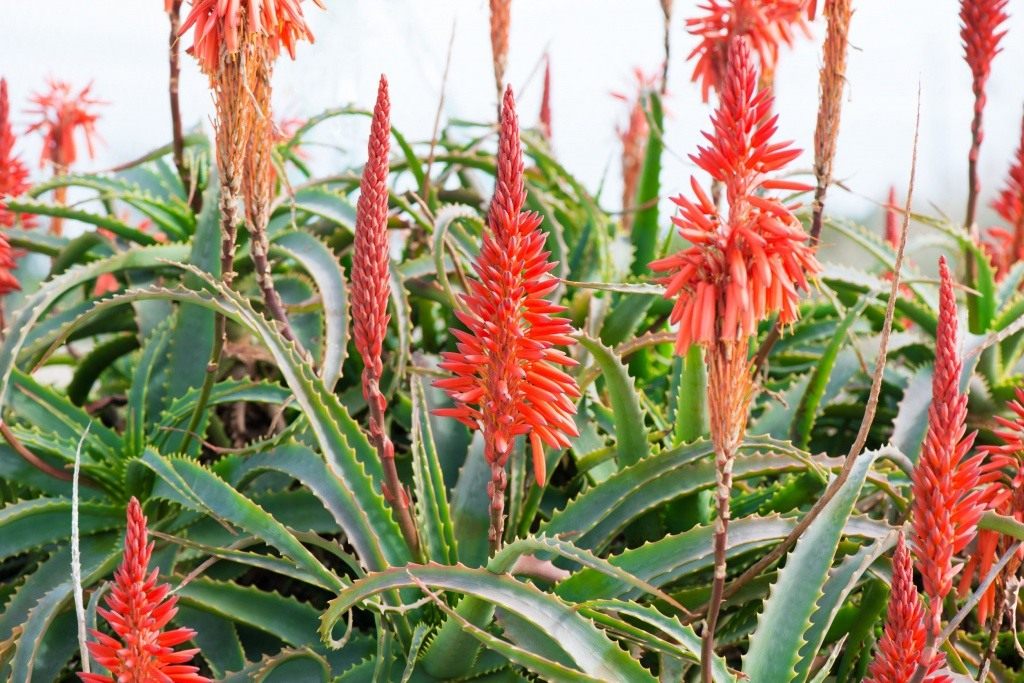



 10 beautiful annuals that bloom all summer
10 beautiful annuals that bloom all summer Sow in the ground, without seedlings: 10 beautiful and unpretentious flowers
Sow in the ground, without seedlings: 10 beautiful and unpretentious flowers Platicodon planting and outdoor care
Platicodon planting and outdoor care Hosta - planting and care in the open ground in the Urals
Hosta - planting and care in the open ground in the Urals